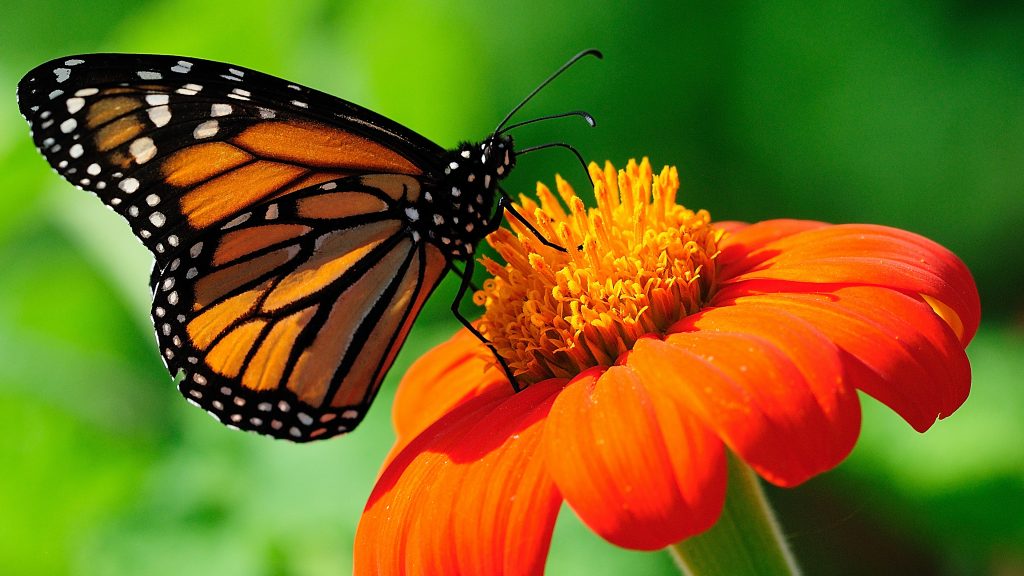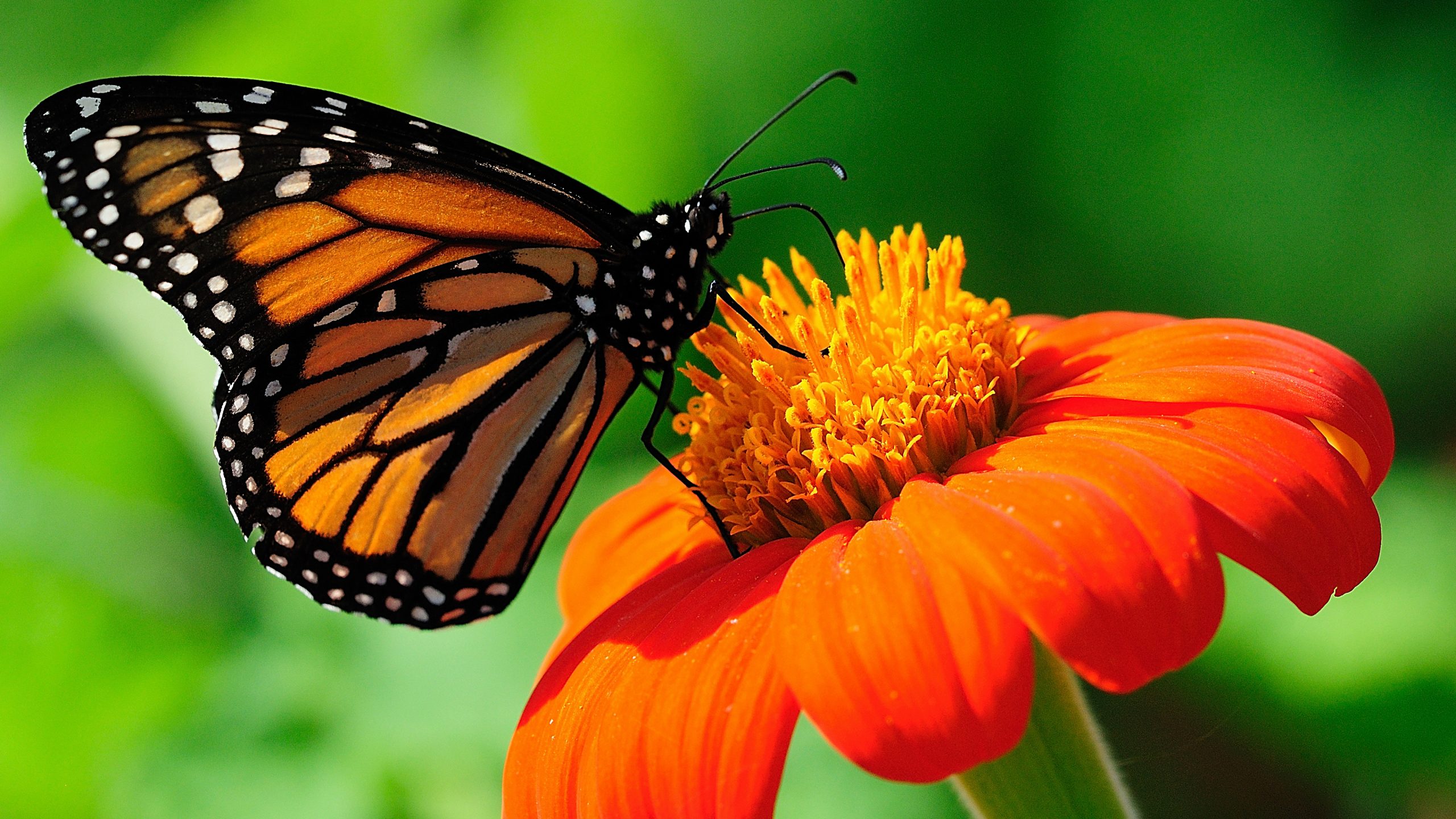European fruit and vegetables: sustainable production – a 40-year history
In a recent study entitled: European fruit and vegetables: sustainable production – a 40-year history, Tomas Garcia Azcarate, Luciano Trentini, and Jacques Dasque, experts with AREFLH, show that producing fruit and vegetables that respect the environment has been a major objective for 40 years for European producers and which today serves all agricultural sectors.
100 million tons of production
Fruits and vegetables are essential agricultural products for the European Union (EU), with an annual production value of more than 100 million tonnes in 2020, of which about 60% are vegetables and almost 40% fruits. For these productions, since 1997 European regulations have anticipated an agricultural policy in terms of environmental measures. This is the first agricultural policy conditioned by actions respectful of the environment which was to impose itself a few years later and become more global. Today it is available, for the food chain, with the “Farm to Fork” and “Biodiversity” strategies within the framework of the Green Pact for Europe, which wants to make Europe the first neutral continent on the climate plan by 2050. This represents the major strategic bet of the Van der Leyen Commission.
Multiple approach
Through an analysis that spans more than 40 years, the authors show that this goal can be achieved by several approaches, but all have made significant progress, resulting in providing consumers with some of the safest foods in the world. Organic farming plays a central role here, but it is also accompanied by other complementary approaches such as integrated farming or “zero pesticides”. Producer organizations (POs) have been a central element of European policy for fruit and vegetables since the beginning (1996 pursuant to Regulation 2200). In this sector, they have now become an example to follow and their mode of operation can be extended, if the Member State so wishes, to other sectors. It is therefore the end of the crossing of the desert for the commercial POs and their Associations. “European civil society, consumers and taxpayers are increasingly involved in this sustainability approach. Fruit and vegetable producers, and in the first place those who integrate into producer organizations, have demonstrated in the past their ability to transform and adapt,” comment the authors of the study.
The complete study is available: https://tomasgarciaazcarate.chil.me/post/sustainable-fruit-and-vegetables-a-40-years-history-402406
A summary of the study is also available https://tomasgarciaazcarate.chil.me/post/sustainable-fruit-and-vegetables-a-40-years-history-402406




